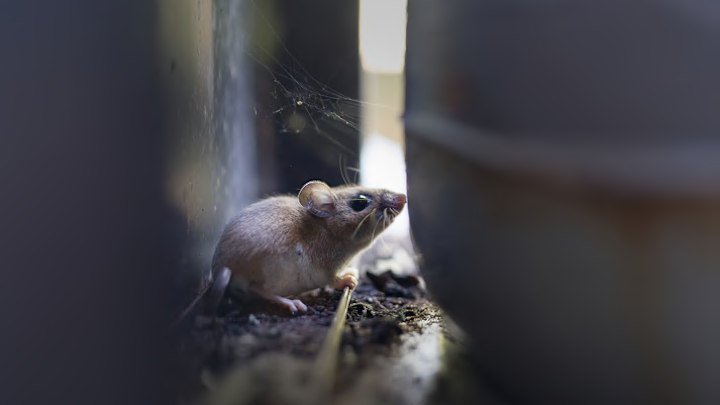On February 28, 2025, actor Gene Hackman and his wife, pianist Betsy Arakawa, were found dead in their home in Santa Fe, New Mexico. A week later, a medical examiner concluded that Arakawa, 65, died from hantavirus pulmonary syndrome and Hackman, 95, died a week later of heart failure, probably unaware of his wife’s death because of advanced Alzheimer’s disease.
The tragic story has put hantavirus, an obscure category of pest-bred viruses, into the spotlight. Here are six facts about the disease that you should know.
- Hantavirus is spread by several species of rodents.
- Hantavirus infections are rare.
- In the U.S., most cases are concentrated in the West.
- Hantavirus attacks the lungs and kidneys.
- There is no cure for hantavirus.
- The best prevention strategy is being careful around rodents.
Hantavirus is spread by several species of rodents.
Hantavirus is spread by rats, mice, and voles. Scientists have discovered at least 38 species of hantavirus, and different species of animal carriers beget different species of the disease.
Four rodents in the U.S. are known to carry it: the deer mouse (Peromyscus maniculatus), white-footed mouse (Peromyscus leucopus), marsh rice rat (Oryzomys palustris), and hispid cotton rat (Sigmodon hispidus). The deer mouse is, by far, the most frequent carrier.
Rodents can spread the virus through scratching or biting people, but the most common form of transmission to humans is through breathing in airborne virus particles from the urine, saliva, and excrement of infected rodents.
Hantavirus infections are rare.
Global estimates of hantavirus cases are about 150,000 infections per year. Over the 20 years in which the Centers for Disease Control and Prevention have monitored hantavirus in the United States, only 864 cases were reported. Human-to-human transmission has been observed in only one strain in South America.
In the U.S., most cases are concentrated in the West.

More than half of U.S. cases occurred in six Western states: Colorado, New Mexico, Arizona, Utah, Nevada, and California. All have vast rural areas where deer mice thrive.
Hantavirus attacks the lungs and kidneys.
Hantavirus has two main manifestations in humans: hantavirus pulmonary syndrome and hemorrhagic fever with renal syndrome.
Symptoms of hantavirus pulmonary syndrome, which is the most common of the two in the U.S., include fatigue, fever, muscle aches, headaches, dizziness, and chills. As the infection progresses, the lungs fill with fluids, causing coughing, shortness of breath, and tightness in the chest.
Hemorrhagic fever with renal syndrome, a disease of the kidneys, can result in intense headaches, back and abdominal pain, fever and chills, nausea, and blurred vision.
The CDC estimates that the fatality rate of hantavirus pulmonary syndrome is 38 percent. Mortality rates for the renal disease depend on the strain of virus; infections with the Hantaan and Dobrava types can be severe and result in up to 15 percent mortality, while cases stemming from Seoul, Saaremaa, and Puumala hantaviruses tend to be milder and have a 1 percent fatality rate.
There is no cure for hantavirus.
The current treatment protocol calls for monitoring and managing symptoms. Unfortunately, patients might not seek treatment in time because they have mistaken the disease as a common cold or flu.
The best prevention strategy is being careful around rodents.
Especially for those who live in the most affected states, public health experts recommend as little contact with wild rodents as possible. Homeowners should prevent rodent infestations through the usual means, like setting traps and sealing any holes or cracks in buildings where animals could enter.
The California Department of Public Health warns that cleaning areas infested by rats and mice can scatter the infectious particles. One particularly risky situation is opening and cleaning facilities that have been closed for a period of months or more and where rodents may have nested. Masks and other protective gear should be worn when cleaning areas where rats and mice may have invaded.
Discover More Facts About Your Health:
